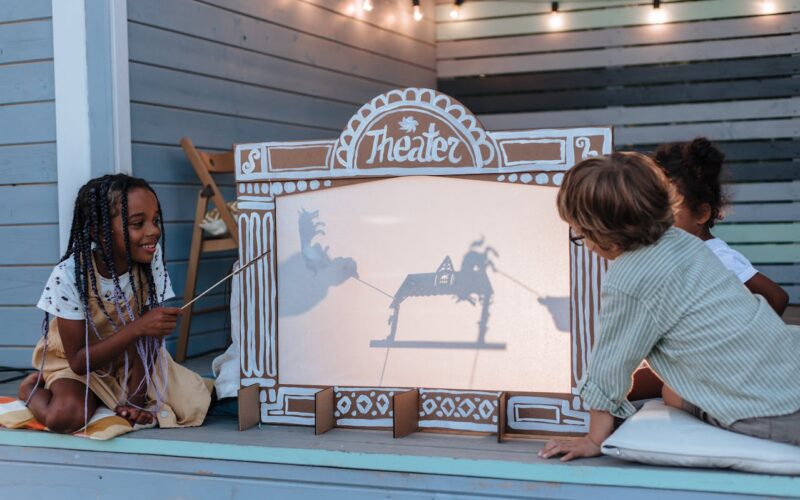When people today picture the 1970s, they often imagine a nonstop party of disco balls, funky outfits, and psychedelic vibes. But the truth is much more layered, and not nearly as wild as modern pop culture suggests. TikTok trends and throwback TV shows have created a distorted version of the past. The real 1970s were full of everyday life, serious issues, and a whole lot less glitter. Here are 10 common myths about the decade that many kids today believe, but are totally off the mark.
1. Everyone Was at the Disco
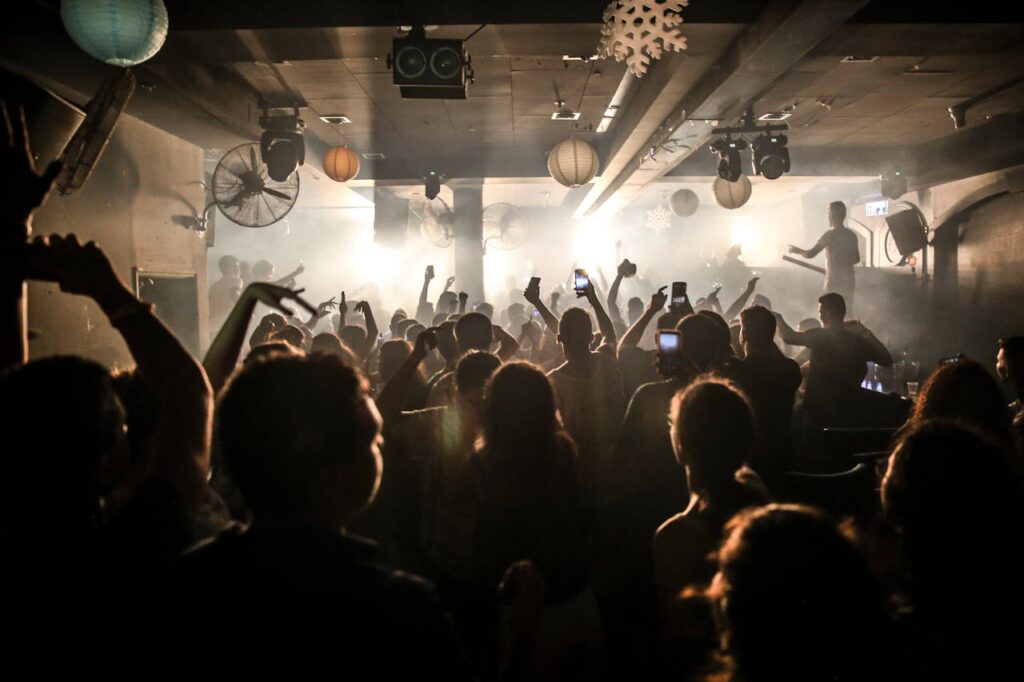
While disco was a cultural force, most Americans never lived that Studio 54 lifestyle. Only a small segment of urban nightlife embraced disco clubs, and the majority of people spent their evenings doing much more ordinary things, like watching TV, going bowling, or staying home with family. For most, disco was just a sound on the radio or a brief fashion trend, not a way of life. The flashing lights and dance floors were fun, but far from universal.
2. The Clothes Were Always Wild
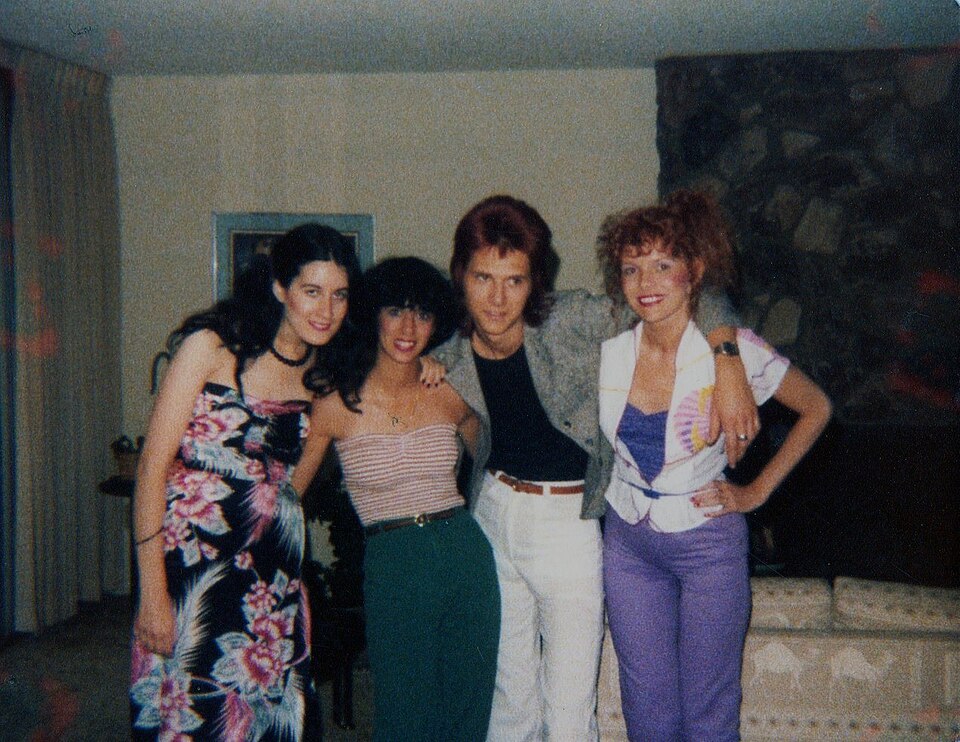
Bell bottoms, tie-dye, and fringe vests are iconic images from the ’70s, but not everyone dressed like a rock star. A lot of fashion in the decade was fairly conservative, think polyester suits, turtlenecks, and muted earth tones. Work attire still looked like holdovers from the ’60s, and plenty of people preferred practical clothes over flashy ones. The wild fashion was mostly reserved for younger crowds, musicians, or partygoers, not your average mom, dad, or office worker.
3. The Whole Decade Was Groovy

While pop culture celebrates the ’70s as a time of chill vibes and funky music, the decade was full of serious turmoil. The U.S. faced economic recessions, gas shortages, and rising crime. Political scandals like Watergate shook public trust. Cities struggled, and inflation soared. Sure, there were cool trends and great music, but the idea that the entire decade was a “groovy” good time ignores the very real challenges many people faced every day.
4. Everyone Was a Hippie
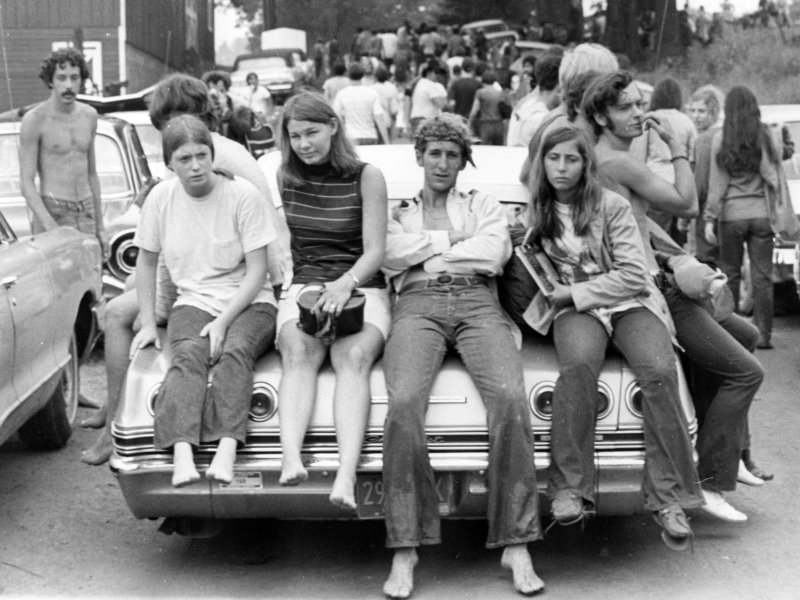
The hippie movement made headlines in the late ’60s and early ’70s, but it never represented most Americans. Hippies were a youth-driven subculture that valued peace, communal living, and countercultural values, but most people in the ’70s were busy working, raising families, and living mainstream lives. Many viewed hippies as fringe or even threatening. Tie-dye and peace signs may have gone mainstream in fashion, but the lifestyle was far from the national norm.
5. Technology Was Primitive
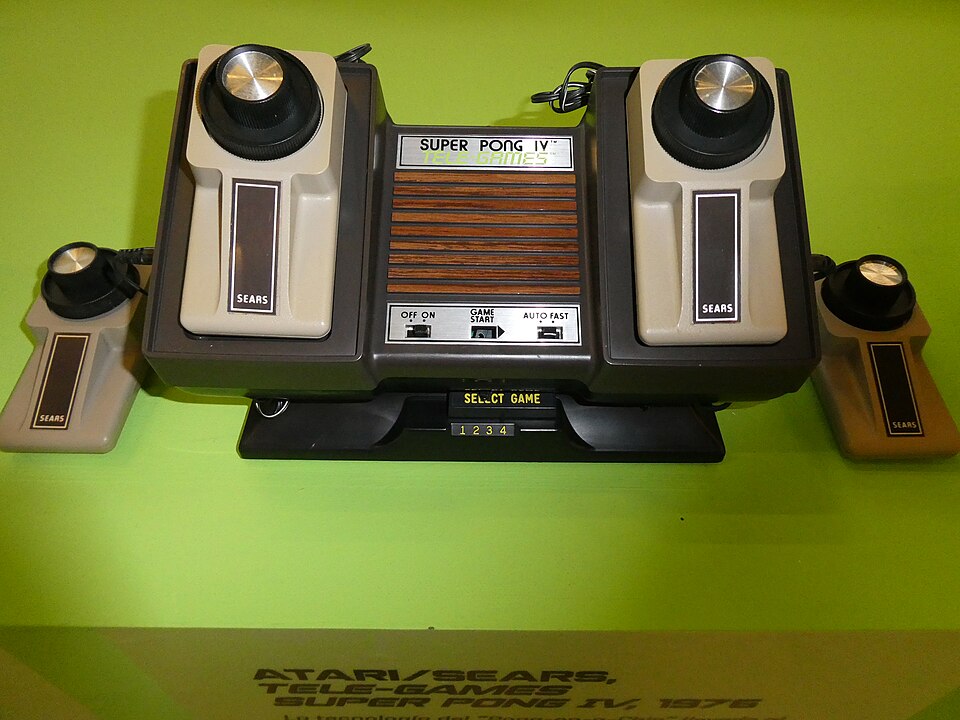
Sure, people didn’t have smartphones, but the ’70s saw major tech breakthroughs. Video games like Pong hit the market, the first personal computers were developed, and calculators became household items. Microwaves entered kitchens, and digital watches became trendy gadgets. Technology was advancing rapidly, even if it looked clunky by today’s standards. The idea that the ’70s were stuck in the dark ages ignores how much innovation was quietly reshaping everyday life.
6. Music Was Only Disco
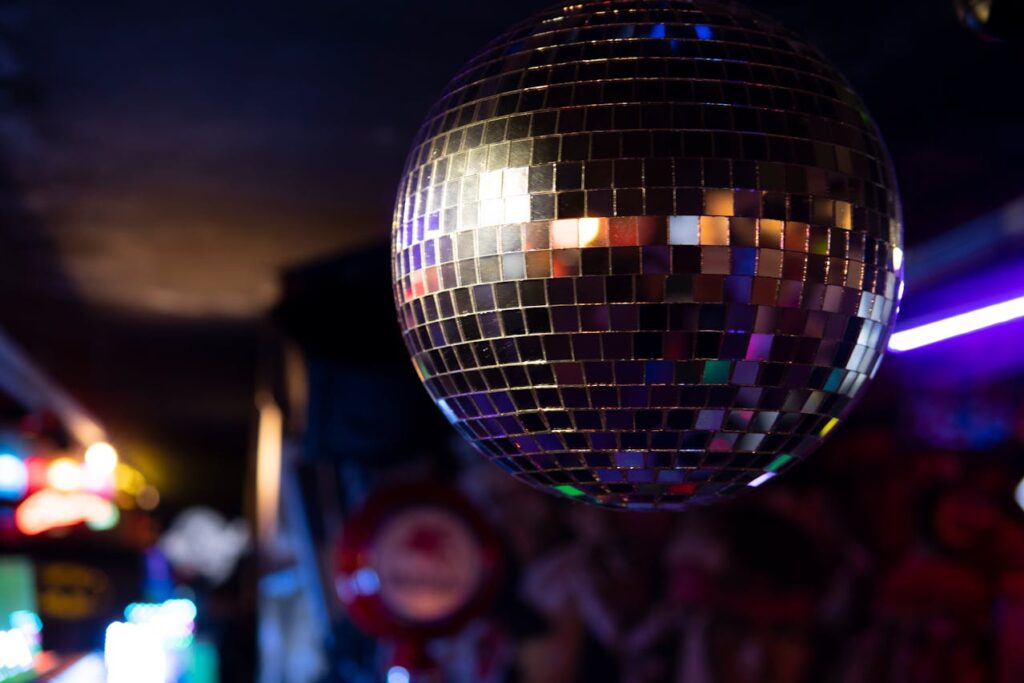
Disco defined a moment, but it wasn’t the whole soundtrack of the decade. The ’70s were also the golden era of rock, punk, funk, and soul. Bands like Led Zeppelin, Queen, and The Ramones made waves, while artists like Stevie Wonder and Bob Dylan shaped the cultural mood. Country and folk had strong followings too. The musical landscape was diverse, and disco was just one groove among many that defined the decade’s rich sound.
7. Kids Played Outside All Day
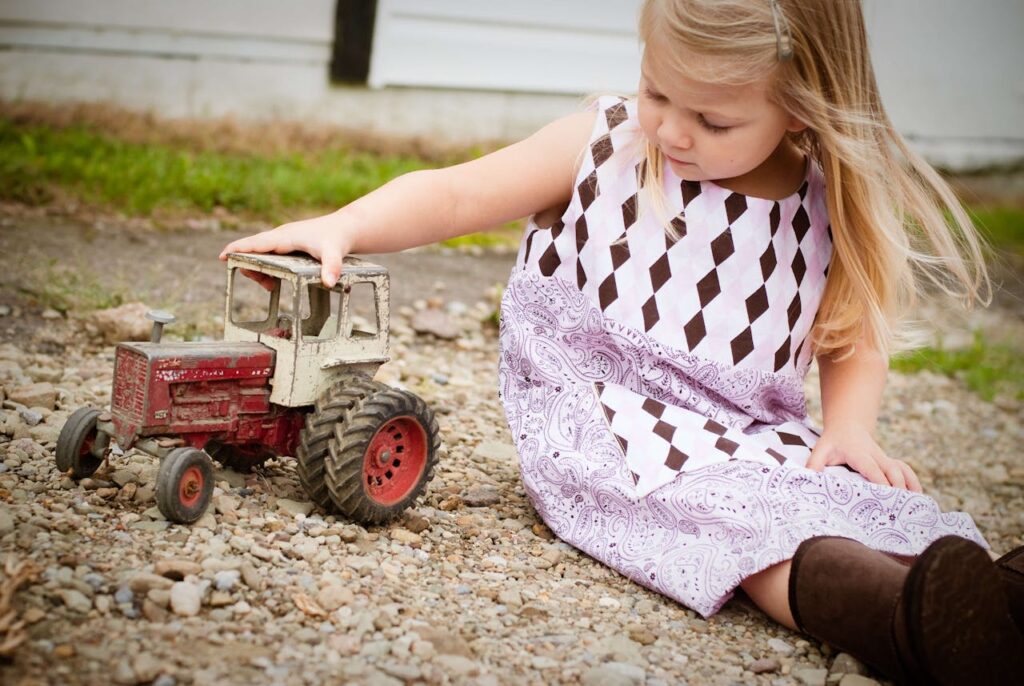
Yes, kids spent more time outdoors than they do today, but that doesn’t mean they never sat inside. The ’70s brought the rise of home entertainment: cartoons like Scooby-Doo, sitcoms like Happy Days, and tons of reruns. Many kids watched TV for hours, played with toys like Etch A Sketch or Lite-Brite, or read comics. Outdoor fun was big, but indoor screen time and couch lounging were already part of the daily routine for many.
8. Cars Were Cooler
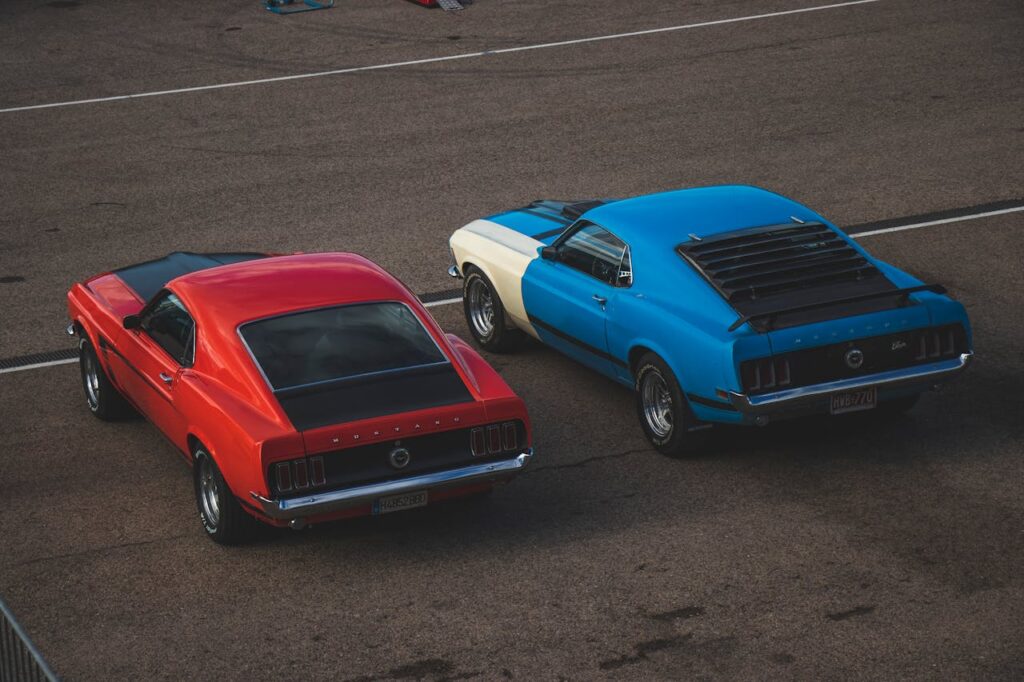
’70s cars might look cool in photos today, but many weren’t that great under the hood. After new emissions laws, automakers had to tone down performance. Fuel shortages made gas-guzzling engines a problem, and quality control wasn’t always top-notch. Rust, breakdowns, and poor handling were common complaints. While muscle cars still existed, the average vehicle in the driveway wasn’t fast or flashy, it was bulky, slow, and sometimes downright unreliable.
9. Everything Was Brown and Orange

Earth tones like brown, orange, and avocado green were definitely popular, but not every space looked like a retro diner. Many homes had neutral palettes, wood paneling, or classic furniture styles. Bold color choices were trendy in magazines and furniture ads, but the average household blended new and old. Plenty of decor from the ’60s lingered well into the ’70s. The Brady Bunch look existed, but it wasn’t in every living room or kitchen.
10. Everyone Was More Free-Spirited
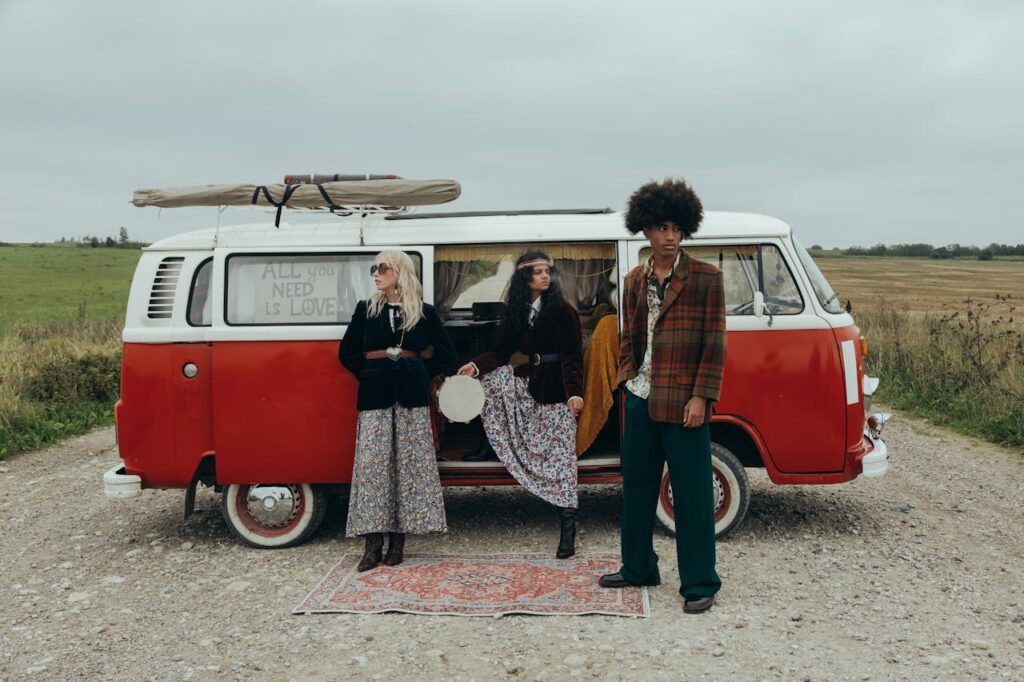
The ’70s are often viewed as a time of rebellion and freedom, but traditional values were still deeply rooted across the country. Most households followed conservative norms about gender roles, religion, and family life. While some explored alternative lifestyles, the majority lived quietly within conventional frameworks. The decade saw both liberation and conservatism collide, so while change was happening, not everyone was embracing it. Many just wanted stability after the chaos of the ’60s.
